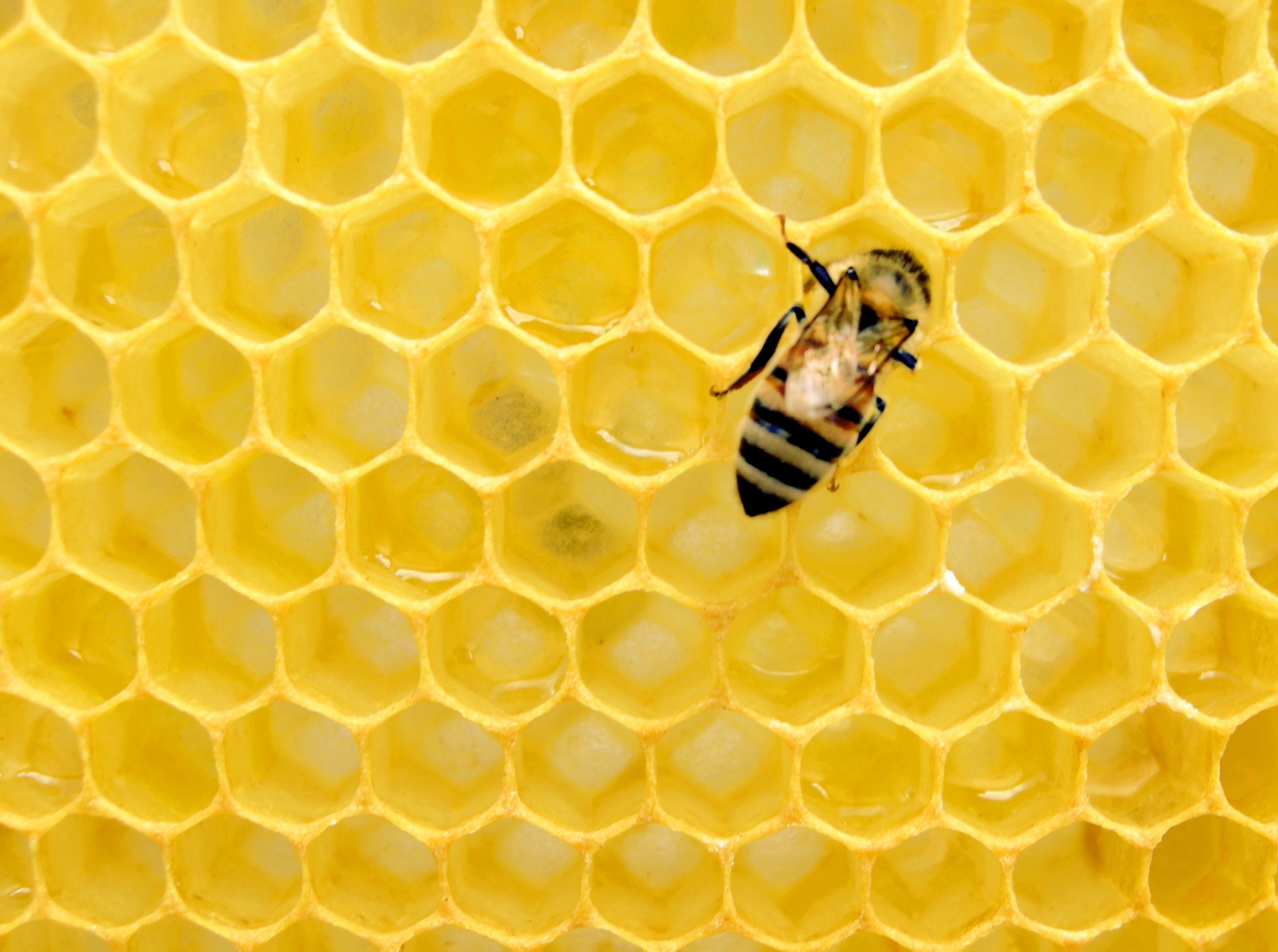 Do you know how many types of bees there are in Ontario?
Do you know how many types of bees there are in Ontario?
We host an amazing 400 different types! Most of us associate bees with honey production, and while honey bees are now essential (they are not native, but imports) here are several native bees that might enter your garden or yard this spring.
Bumble Bees – Bumblebees vary in appearance, but are generally plump and densely furry. They are larger and fatter than honey bees, and their abdomen tip is more rounded. There is more than one type of bumble bee and many of them have those broad bands of colour – this banding distinguishes each type. Bumblebees are covered in soft hair giving them a fuzzy appearance. Like the honey bee they live together in a communal hive.
Mining Bees – These bees are among the first to become active in spring. They nest in the ground usually in sandy soils. They are considered ‘solitary’ bees, meaning they build their own nest and care for their young on their own. These bees are small and are fairly hairy. If you see them nesting in your lawn you should know not to worry – their stinger is not strong enough to puncture human skin.
Sweat Bees – These are solitary bees as well. They too dig burrows deep in the ground or fallen logs, and while they sometimes share a common entrance, each female will create her own tunnel and nest. These bees feature either a bright metallic green colour or blue. Females tend to be green all over, and males have a bright coloured head and thorax with a yellow-and-black striped abdomen.
You can help improve the health of Ontario’s bees and other pollinators by making your garden or outdoor space pollinator-friendly. Here are some tips.
· Choose native Ontario plants to attract native pollinators
· Make a bee bath for thirsty bees by filling a bowl with large rocks and shallow water
· Select plants that bloom at different times from spring to fall to ensure that pollinators have food and shelter throughout the growing season
· Plant flowers in clusters – creating clusters makes it easier for pollinators to find the flowers and improves the efficiency of pollination
· Eliminate the use of pesticides including pollinator attractive plants treated with systemic pesticides
· Build a bee hotel for solitary bees
· Attract a range of pollinators by planting flowers of different shapes and sizes
· Create a window box on your windowsill or balcony with pollinator-friendly herbs
· Leave mulch-free space for ground-nesting bees
· Plant Milkweed.
A wonderful resource to help you learn more about bees can be found at https://www.toronto.ca/wp-content/uploads/2017/08/8eb7-Biodiversity-BeesBook-Division-Planning-And-Development.pdf


